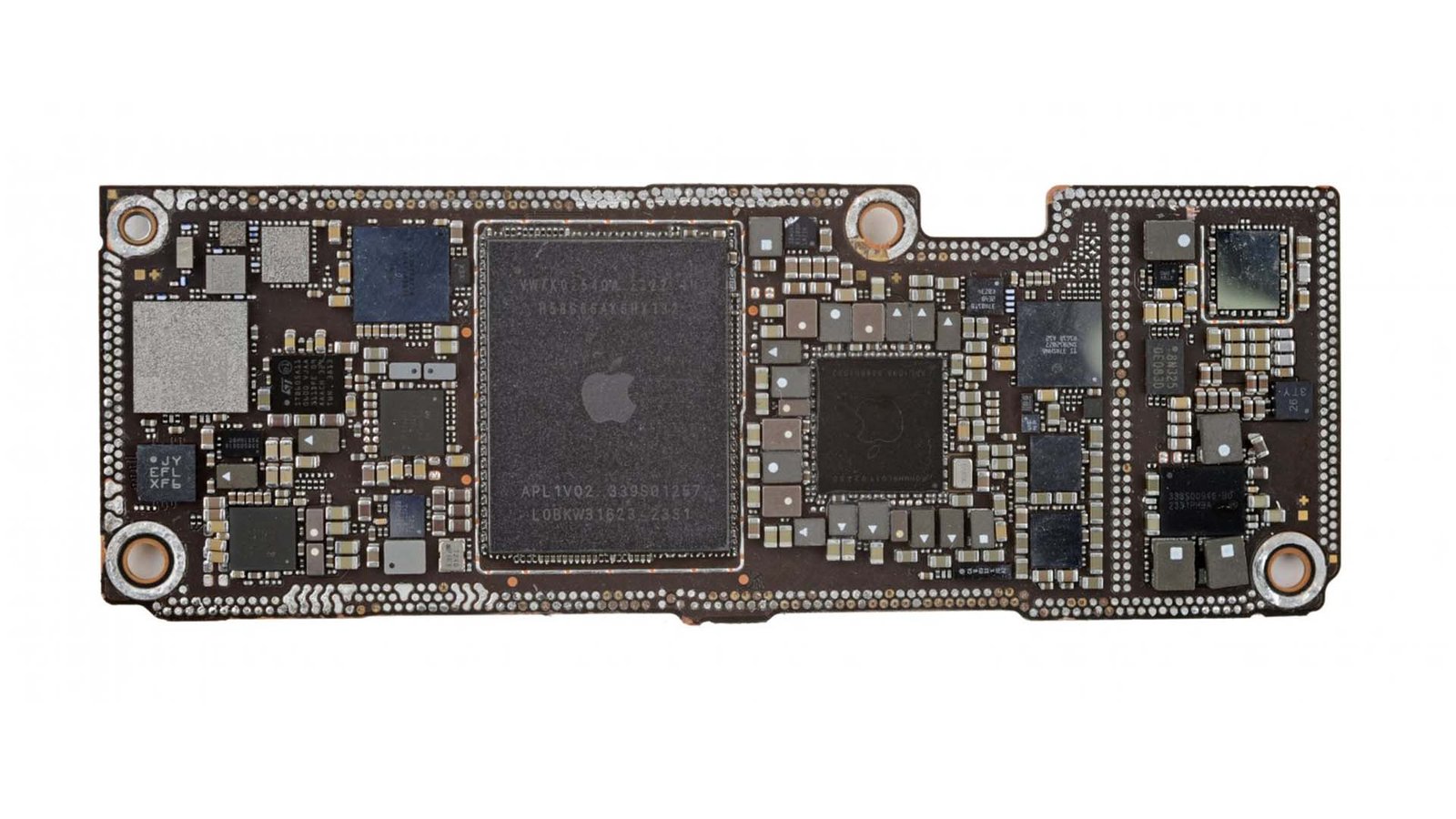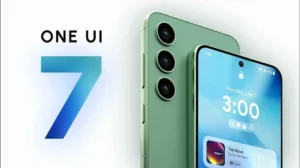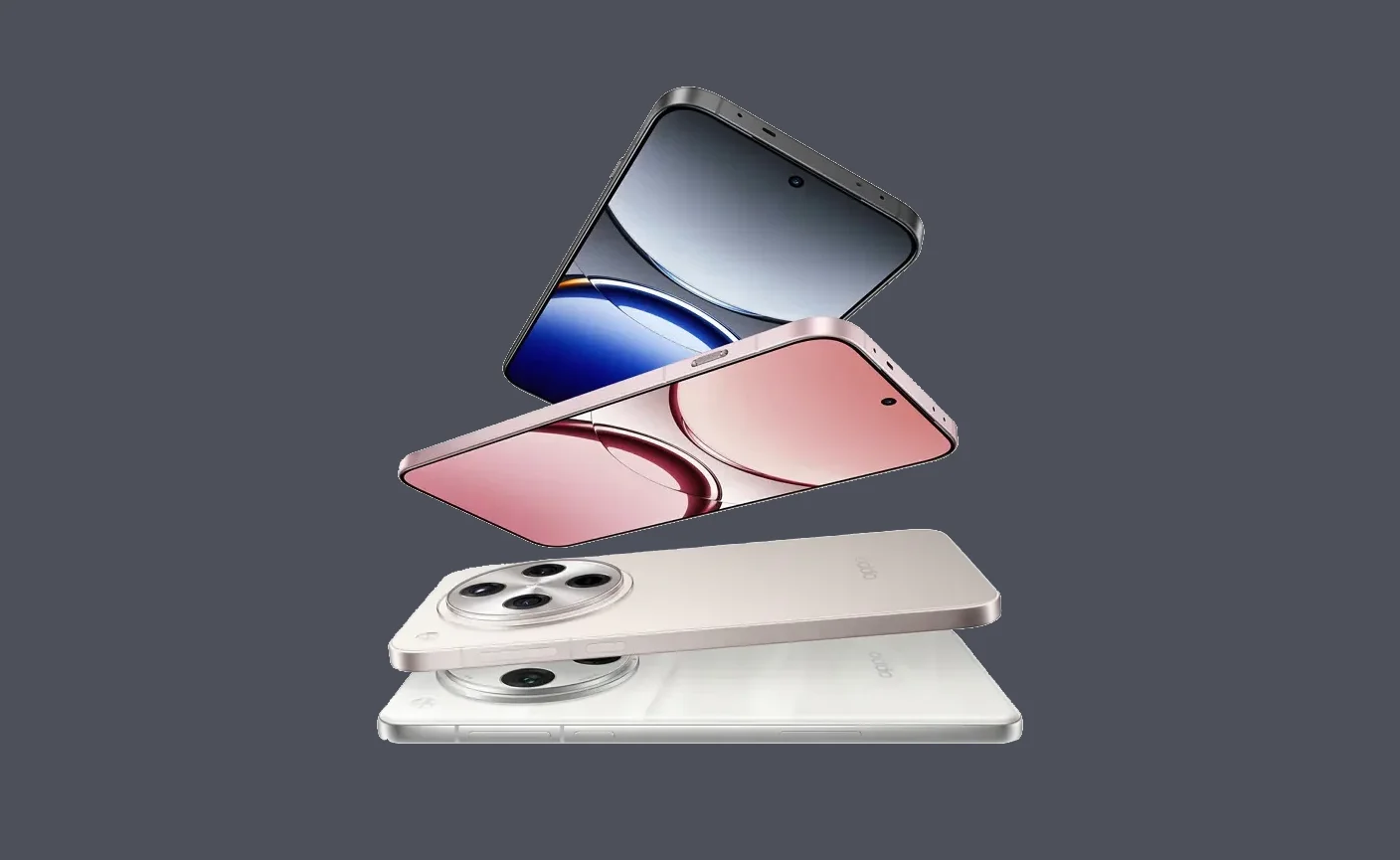Apple’s upcoming iPhone 17 is reportedly set to adopt a groundbreaking technology in its printed circuit boards (PCBs). The tech giant is said to be considering the use of Resin Coated Copper (RCC) foil for its PCBs, a move that promises to free up valuable internal space for additional hardware.
Key Highlights:
- iPhone 17 may employ RCC for its PCBs, allowing for more internal space.
- Analyst Ming-Chi Kuo suggests potential adoption of this technology if perfected by 2025.
- RCC technology could lead to thinner and lighter motherboards.
- Apple’s pursuit of thinner PCBs aligns with its history of device miniaturization.
- The adoption of RCC is part of Apple’s continuous efforts to innovate and enhance user experience.
A Deep Dive into the RCC Technology:
The Resin Coated Copper foil technology is not just about making the device slimmer. It’s about optimizing the internal architecture of the device to accommodate more features and potentially larger batteries, without compromising on the phone’s structural integrity. This technology could be a game-changer, allowing Apple to further innovate in areas like battery life, camera technology, and other internal components.
Analyst Insights and Predictions:
Ming-Chi Kuo, a renowned analyst with insights into Apple’s product roadmap, has indicated that Apple is keen on using RCC for the motherboard in its 2025 iPhone 17, provided the technology is perfected by then. While the timeline might seem distant, it underscores Apple’s commitment to ensuring that new technologies meet its stringent standards before they find their way into consumer products.
Potential Benefits for Users:
With the potential adoption of RCC, future iPhones, starting with the iPhone 17, could see a range of benefits:
- More Room for Hardware: The primary advantage of using RCC is the additional space it creates inside the device. This could mean room for a larger battery, advanced camera systems, or even entirely new components that enhance the iPhone’s capabilities.
- Lighter Devices: RCC’s potential to reduce the thickness of the mainboard might also lead to a reduction in the overall weight of the device, making it even more comfortable to hold and use.
- Enhanced Performance: With more room to play with, Apple could introduce more powerful components, leading to faster and more efficient iPhones.
Challenges and the Road Ahead:
While the benefits of RCC are evident, its adoption is not without challenges. Apple and its suppliers, like Ajinomoto, are reportedly working to improve the RCC material. If successful, high-end iPhone 17 models could be the first to benefit from this technology.
Summary:
The potential adoption of Resin Coated Copper foil for the PCBs in the iPhone 17 underscores Apple’s relentless pursuit of innovation. By considering this technology, Apple aims to free up internal space, paving the way for more advanced hardware components and potentially offering users a more powerful device in a slimmer and lighter package. As with all things Apple, the world will be watching closely to see how this technology unfolds and the benefits it brings to the next generation of iPhones.


















